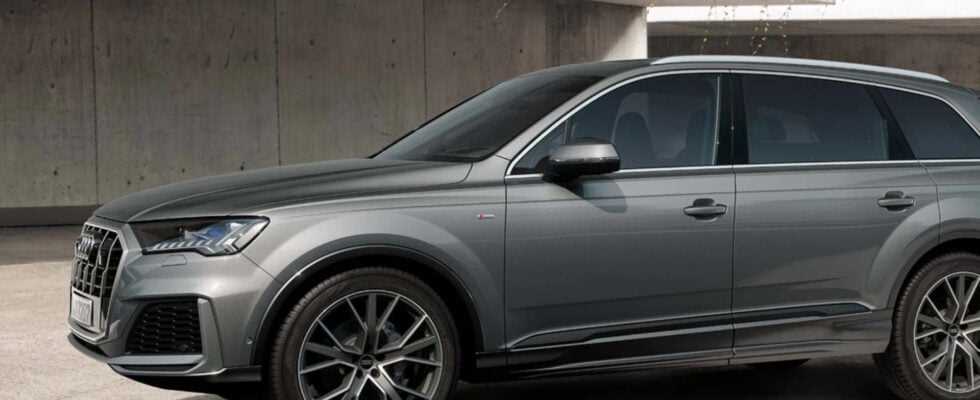The boom in SUV sales is having a heavy impact on the climate. In 2021, these big cars generated 900 million tonnes of greenhouse gases. It is much more than a country like France.
Paradoxically, the current mode of SUVs certainly is. It has never been so urgent to eliminate CO2 emissions from vehicles to fight the climate crisis. And yet there have never been so many SUVs sold, those big cars that seem more suited to exploring jungles than to get to the local supermarket.
But what is the concrete impact of this trend on the environmental level? A lighting from the International Energy Agency (IEA) published on December 21, 2021 allows to take the full measure. In 2021, SUVs around the world generated no less than 900 million tonnes of greenhouse gases. Translation ? ” If SUVs were a country, it would be the 6th largest emitter of greenhouse gases », Warn the two experts of the IEA, Laura Cozzi and Apostolos Petropoulos. The balance sheet of SUVs is indeed much heavier than that of many countries.
SUVs generated 900 million tonnes of greenhouse gases in 2021
As shown by the Global Carbon Atlas, in 2020, France, for example, generated 277 million tonnes of annual CO2 equivalent, the United Kingdom, 330 million and Germany, 644 million tonnes. Only five countries exceeded the barrier of 900 million tonnes of greenhouse gas emissions in 2020: China (10 668 million tonnes), the United States (4 713 million), India (2 442 million), Russia (1,577 million) and Japan (1,031 million).
Even if sales of electric cars have withstood an economic situation complicated by the pandemic, sales of SUVs are about five times higher, also underlines the International Energy Agency. Last year, they even increased by 10%. The result of this trend does not invite optimism: “ SUVs are expected to account for around 45% of global car sales. “
This spectacular growth can be seen on the roads: while in 2010, there were only 50 million SUVs in the world, there are now 320 million in circulation. This is as much as the car fleet in all of Europe.
98% of SUVs have heat engines
The good news is that the transition from SUVs to electrics is accelerating. In 2021, underlines the IEA, 55% of electric vehicle models on the market were SUVs, against 45% in 2019. This should not, however, make us lose sight of the fact that, for the time being, almost all (98 %) of SUVs in circulation has combustion engines. And their heavier weight means they consume 20% more energy than a mid-size car.
It is therefore essential to tackle the emissions of this type of vehicle. The International Energy Agency advocates the establishment of ” policies supporting a faster transition to electric vehicles and incentives to replace gasoline or diesel SUVs more quickly “.
The IEA also recommends that authorities closely monitor the size of vehicles. ” In addition to consuming more energy, larger cars have higher requirements for strategic minerals, as SUVs are equipped with larger batteries.. France is one of the countries which have started to act on the subject. Since January 1, 2022, a weight penalty applies to heavy vehicles (over 1.8 tonnes) with SUVs in the viewfinder. Note that there are several exceptions to this penalty: it does not apply to electric vehicles in particular.
